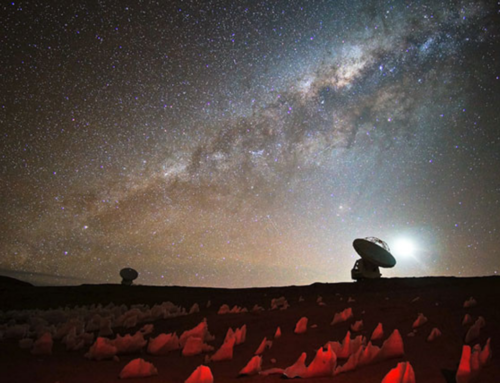Stars don’t see gender, and now, NASA is working to not see it either when allocating telescope time to scientists, inspired by a successful experiment with the Hubble Space Telescope.
That experiment tested the hypothesis that if proposals are evaluated without knowledge of who wrote them and strictly on the merit of the science they proposed to do, the astronomers who received highly coveted observing time would end up being a more diverse group. That’s the principle behind dual-anonymous review, in which reviewers don’t know who submitted which proposals and proposers don’t know who reviewed their submissions. Dual-anonymous review is an attempt to reduce the warping power of implicit bias in the traditional review system, in which reviewers are anonymous but proposals include scientists’ names.
“We have noticed that in many of our proposal selections, there appears to be a bias in favor of one gender of proposer over another,” NASA Astrophysics Division Director Paul Hertz said during a town hall conversation held last month at the 235th meeting of the American Astronomical Society, in Honolulu.











Leave A Comment